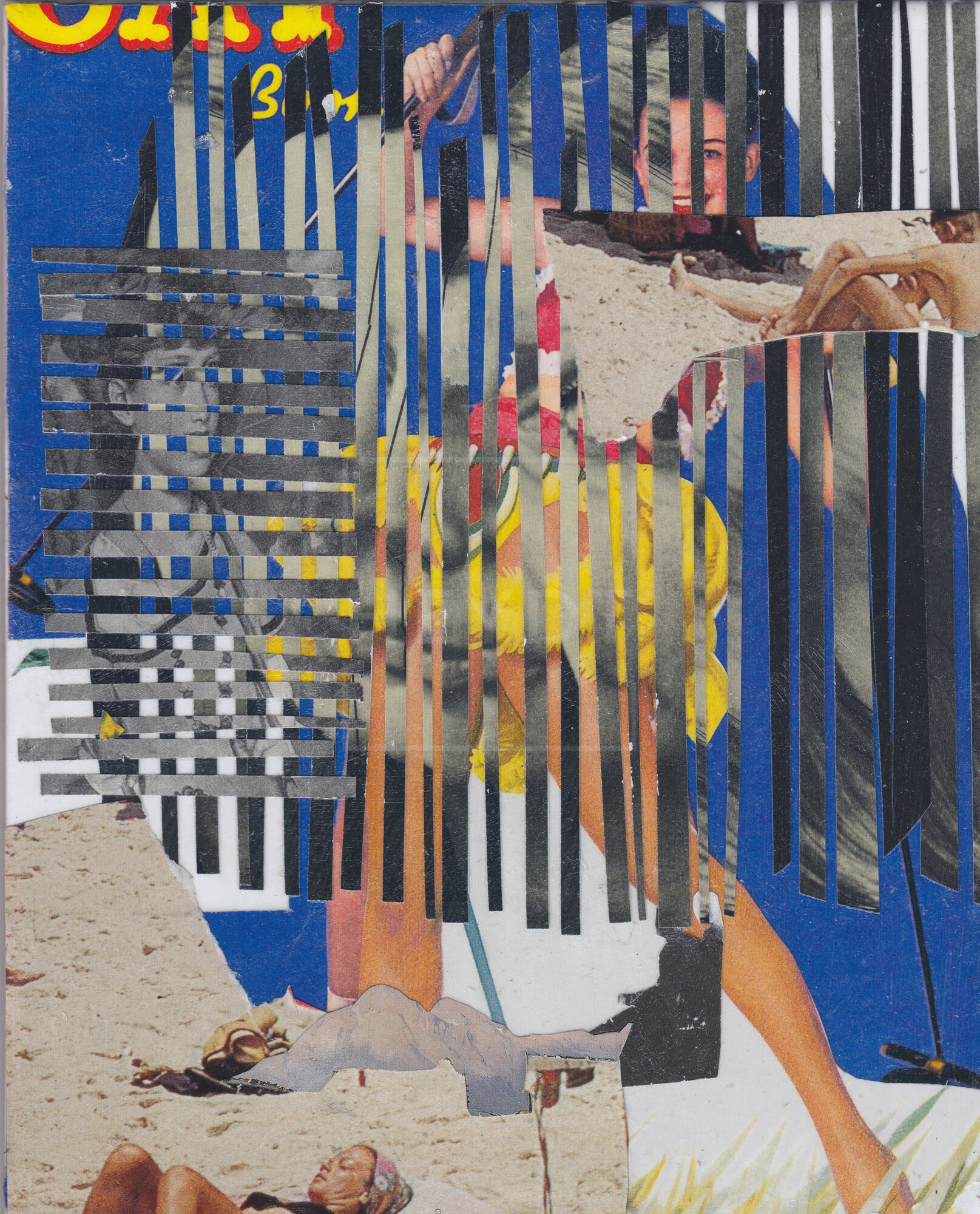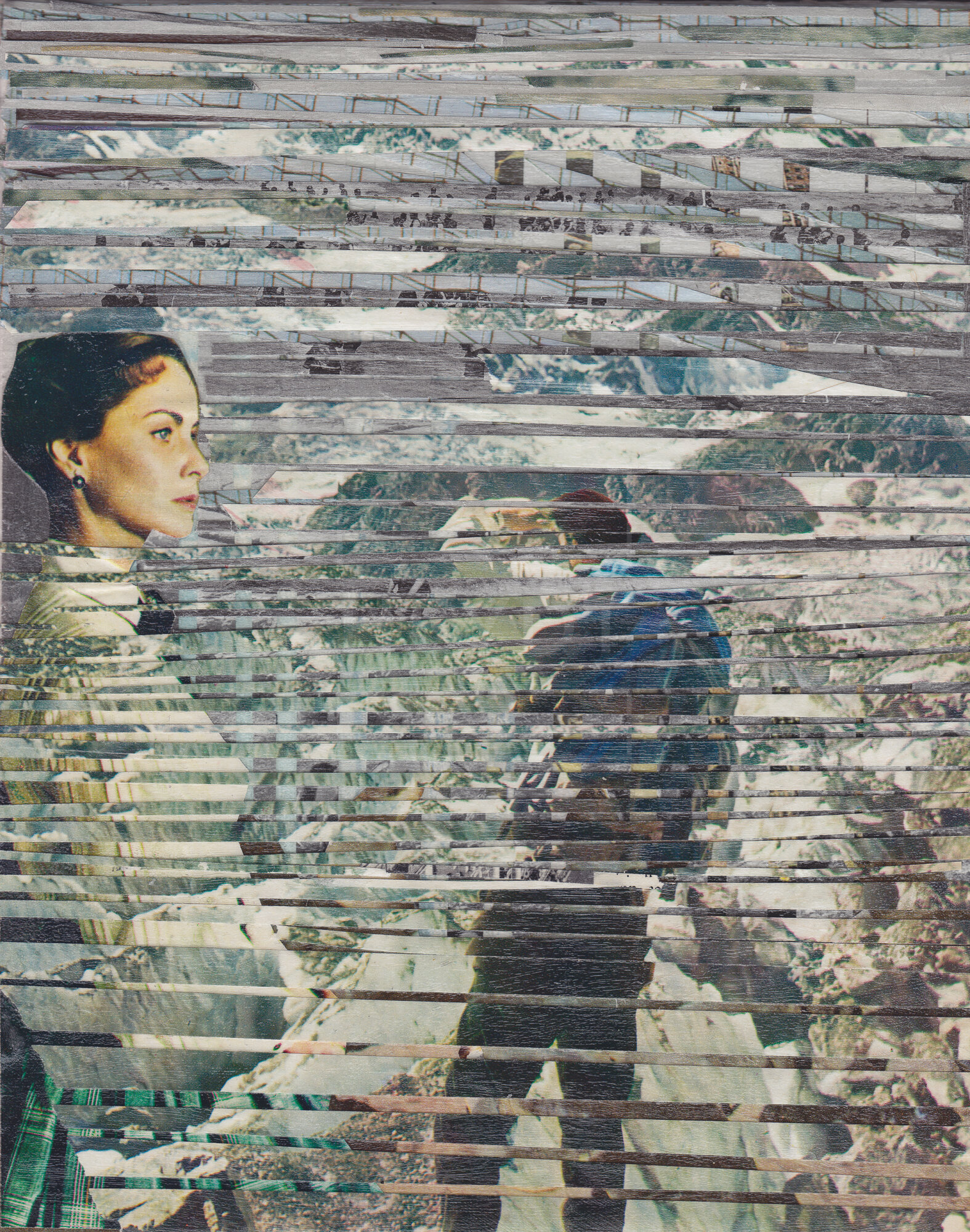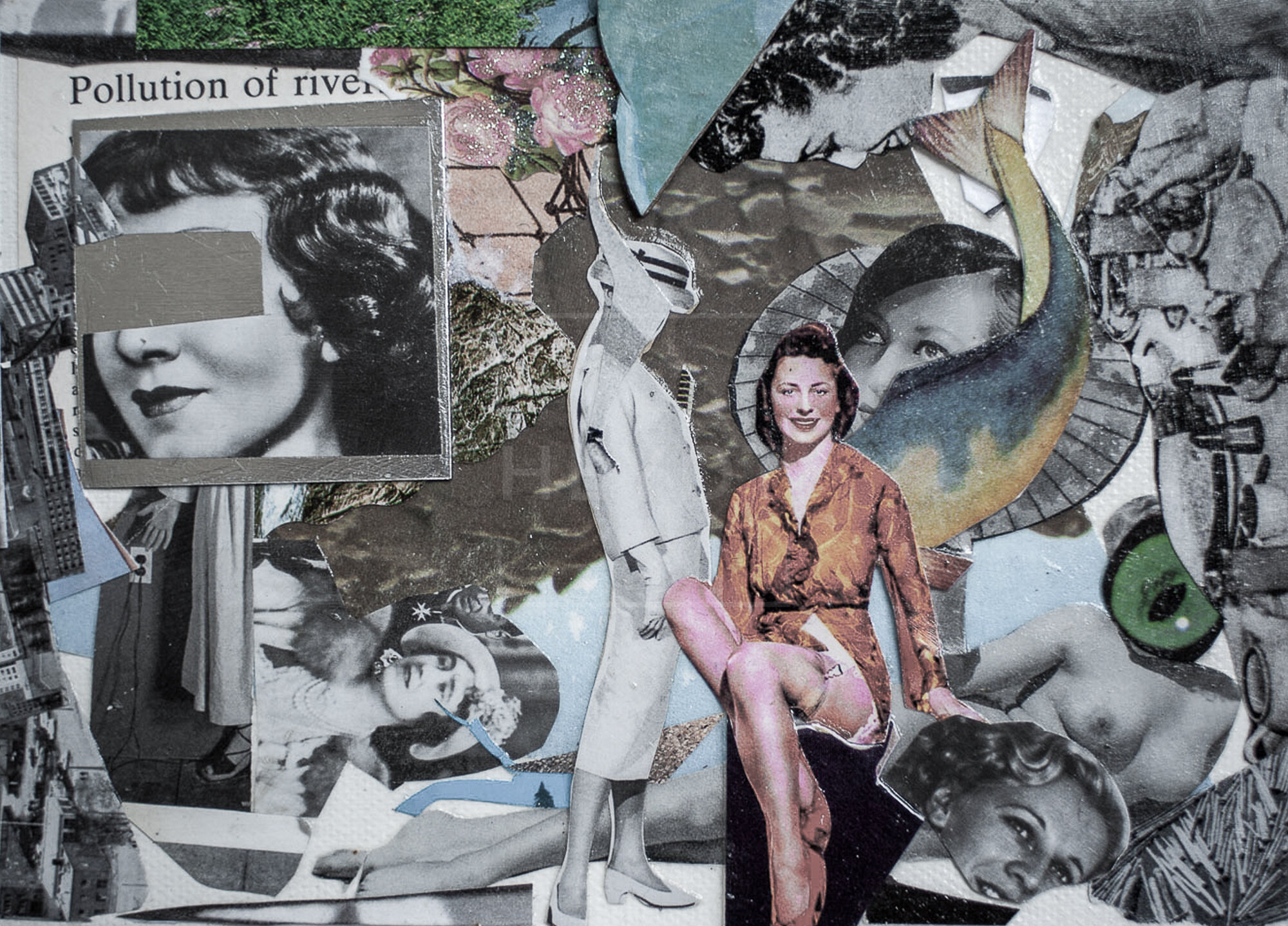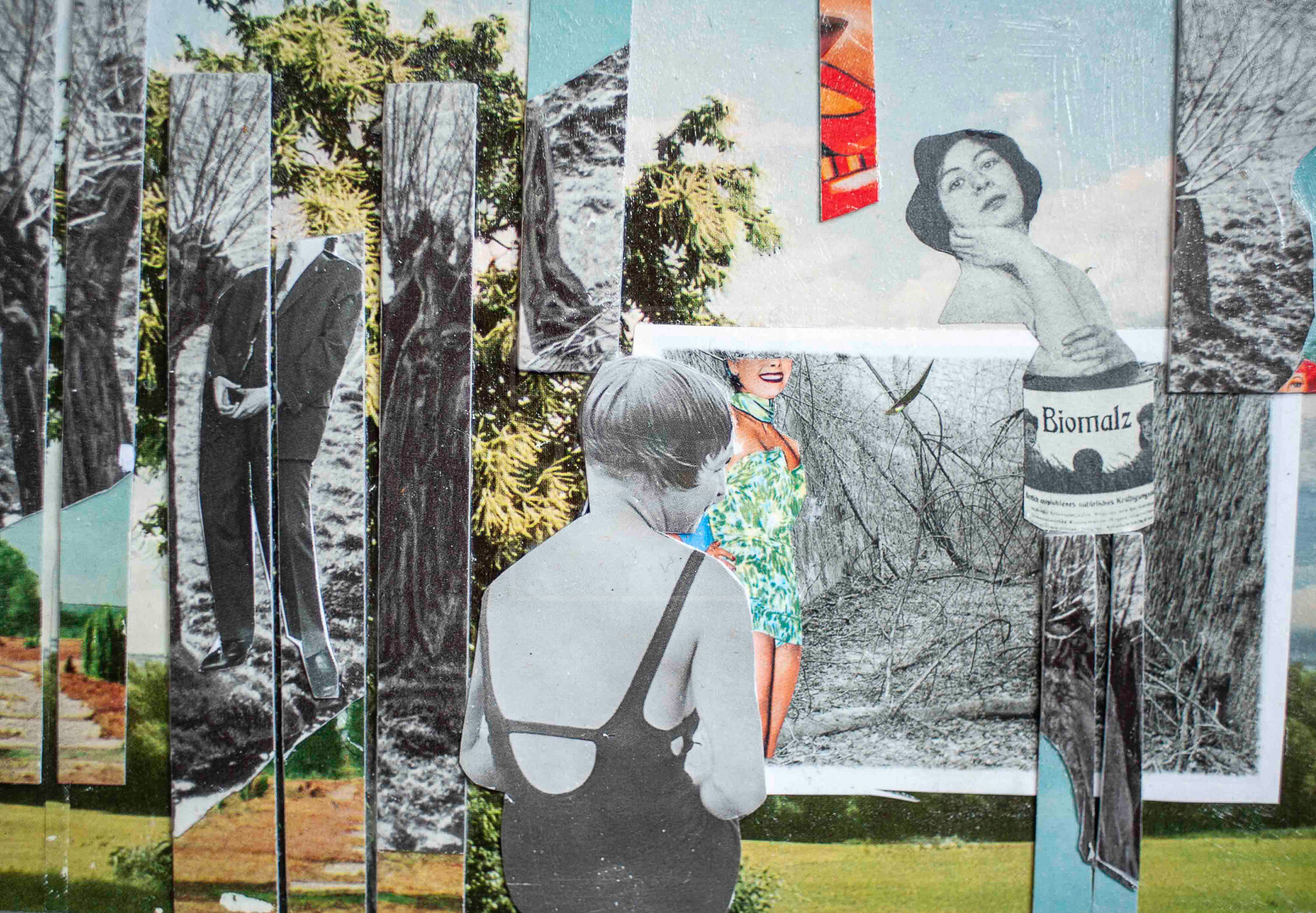
Schism | HEYDT | 2019 | Original Mixed Media Work on Masonite | 8in x 10in | $2800

Schism | HEYDT | 2019 | Original Mixed Media Work on Masonite | 8in x 10in | $2800

Schism | HEYDT | 2019 | Original Mixed Media Works | 6in x 8in | $2000

Schism | HEYDT | 2019 | Original Mixed Media Works | 6in x 8in | $2000

Schism | HEYDT | 2019 | Original Mixed Media Works | 6in x 8in | $2000

Schism | HEYDT | 2019 | Original Mixed Media Works | 6in x 8in | $2000

Schism | HEYDT | 2019 | Original Mixed Media Work on Masonite | 8in x 10in | $2800

Schism | HEYDT | 2019 | Original Mixed Media Work on Masonite | 8in x 10in | $2800

Schism | HEYDT | 2019 | Original Mixed Media Work on Wooden Panel | 8in x 11in | $2800

Schism | HEYDT | 2019 | Original Mixed Media Works | 6in x 8in | $2000

Schism | HEYDT | 2019 | Original Mixed Media Work on Masonite | 8in x 10in | $2800

Schism | HEYDT | 2019 | Original Mixed Media Works | 6in x 8in | $2000

Schism | HEYDT | 2019 | Original Mixed Media Work on Masonite | 8in x 10in | $2800

Your Face in Mine | Original Recycled Media Analoge Collage | HEYDT | 2020 | $4000

Schism | HEYDT | 2019 | Original Mixed Media Work Framed | 13in x 18in | $2500

Schism | HEYDT | 2019 | Original Mixed Media Work on Masonite | 8in x 10in | $2800

Schism | HEYDT | 2019 | Original Mixed Media Work on Wooden Panel | 4in x 5in | $500

Schism | HEYDT | 2019 | Original Mixed Media Works | 6in x 8in | $800

Schism | HEYDT | 2019 | Original Mixed Media Works | 6in x 8in | $2000

Schism | HEYDT | 2019 | Original Mixed Media Works | 6in x 8in | $2000

Schism | HEYDT | 2019 | Original Mixed Media Works | 6in x 8in | $2000

Schism | HEYDT | 2019 | Original Mixed Media Work on Wooden Panel | 8in x 14in | $3300

Schism | HEYDT | 2019 | Original Mixed Media Work on Masonite | 8in x 10in | $2800

Schism | HEYDT | 2019 | Original Mixed Media Work on Wooden Panel | 8in x 11in | $2800

Schism | HEYDT | 2019 | Original Mixed Media Works | 6in x 8in | $2000

Schism | HEYDT | 2019 | Original Mixed Media Works | 6in x 8in | $2000

Schism | HEYDT | 2019 | Original Mixed Media Work on Wooden Panel | 8in x 11in | $2800

Schism | HEYDT | 2019 | Original Mixed Media Work on Wooden Panel | 8in x 11in | $2800

Schism | HEYDT | 2019 | Original Mixed Media Works | 6in x 8in | $2000

Schism | HEYDT | 2019 | Original Mixed Media Work on Wooden Panel | 8in x 10in | $1260

Schism | HEYDT | 2019 | Original Mixed Media Work on Masonite | 8in x 10in | $2800

Schism | HEYDT | 2019 | Original Mixed Media Work on Masonite | 8in x 10in | $2800

Schism | HEYDT | 2019 | Original Mixed Media Works | 6in x 8in | $2000

Schism | HEYDT | 2019 | Original Mixed Media Work on Wooden Panel | 8in x 11in | $2800

Schism | HEYDT | 2019 | Original Mixed Media Works | 6in x 8in | $2000

Layered imagery conflate time and place, colliding and merging generations of possibilities, and disrupting logical relationships between occurrences. Series aims to question whether the concepts of deterritorialization and detemporalisation enable us to understand the uses of space and time in a new context that is characterised by acceleration and fragmentation. This relativistic conception of reality is void of a human dimension, it replaces historical time: the domain of history, geography, and physical space. The ubiquity and instantaneousness provided by digital media paradoxically invokes sentiments of confinement. Locked within the speed and inanity of displacement, all History happens in a local time, with daily experience reduced to the immediacy of a continuous present . The rhythm of the immediacy and application of real time, have homogenised, on the one hand, and fragmented, on the other.
The very nature of space is broken down into three dimensions of analysis: absolute space, relative space, and relational space. Absolute, Cartesian-Newtonian, space is a fixed and independent entity, unambiguous, and therefore capable of being observed and classified. Socially, it corresponds to clearly demarcated territorial entities, such as States or private property. Relative space, as postulated by Einstein, corresponds to the relationship between objects, and therefore depends on the existence of objects and also the point of view of the observer. This conception of space is inseparable from time – the relative space-time of the speed of light – and from factors that interfere in this relationship. It is not possible, however, to understand different realities employing this space-time framework. This is where the concept of relational space comes in, which exists only insofar as it is part of the process that defines it. Processes do not occur in space, but rather define their own spatial picture. For this reason, space is also inseparable from time, and the focus is placed on the relationship between the two.
Although relational space-time suggests difficulties of measurement, Absolute space may apply when defining boundaries or properties, but not, for example, when considering the relative positions of subjects, or each person’s experiences. Equally relevant in this context is the spatialization of thought, expressed through the use of spatial metaphors in literature and the arts, such as the distinction between real space and virtual space, wherein the latter is inhabited by the intangible images and illusions that form the heart of all aesthetic practices.

Schism | HEYDT | 2019 | Original Mixed Media Work on Canvas | 6in x 4in | $1000

Schism | HEYDT | 2019 | Original Mixed Media Work on Canvas | 6in x 4in | $1000

Schism | HEYDT | 2019 | Original Mixed Media Work on Canvas | 6in x 4in | $1000

Schism | HEYDT | 2019 | Original Mixed Media Work on Canvas | 6in x 4in | $1000

Schism | HEYDT | 2019 | Original Mixed Media Work on Canvas | 6in x 4in | $1000

Schism | HEYDT | 2019 | Original Mixed Media Work on Canvas | 6in x 4in | $1000

Schism | HEYDT | 2019 | Original Mixed Media Work on Canvas | 12in x 9in | $2000

Schism | HEYDT | 2019 | Original Mixed Media Work on Canvas | 6in x 4in | $1000



















































Schism | HEYDT | 2019 | Original Mixed Media Work on Canvas | 6in x 6in | $1000

Schism | HEYDT | 2019 | Original Mixed Media Work on Canvas | 12in x 12in | $4000

Schism | HEYDT | 2019 | Original Mixed Media Work on Canvas | 6in x 6in | $1000

Schism | HEYDT | 2019 | Original Mixed Media Work on Canvas | 6in x 6in | $1000

Schism | HEYDT | 2019 | Original Mixed Media Work on Canvas | 6in x 6in | $1000

Schism | HEYDT | 2019 | Original Mixed Media Work on Canvas | 6in x 6in | $1000

Schism | HEYDT | 2019 | Original Mixed Media Work on Canvas | 6in x 6in | $1000

Schism | HEYDT | 2019 | Original Mixed Media Work on Canvas | 6in x 6in | $1000

Schism | HEYDT | 2019 | Original Mixed Media Work on Wooden Panel | 8in x 9in | $1500

Schism | HEYDT | 2019 | Original Mixed Media Work on Canvas | 6in x 6in | $1000




